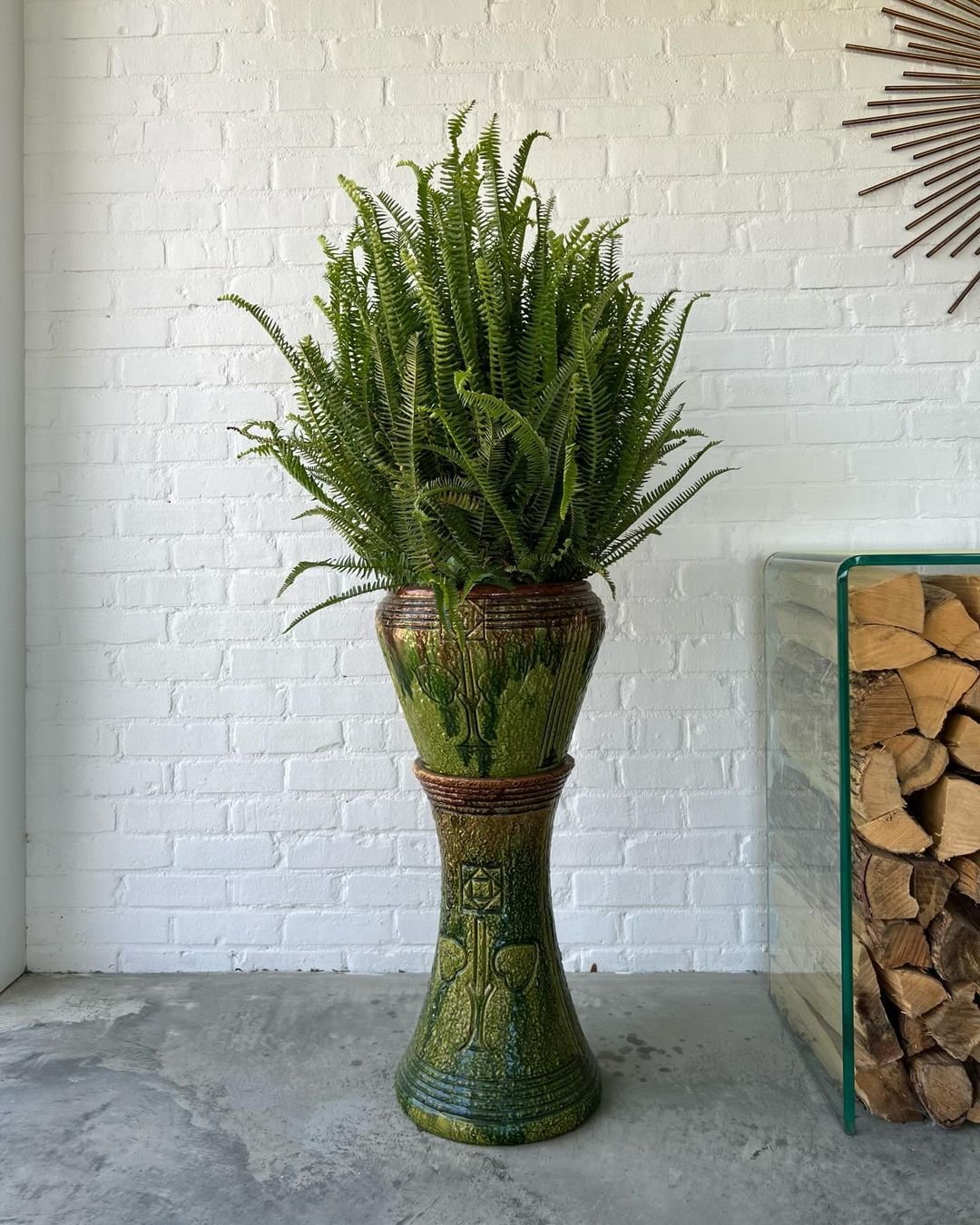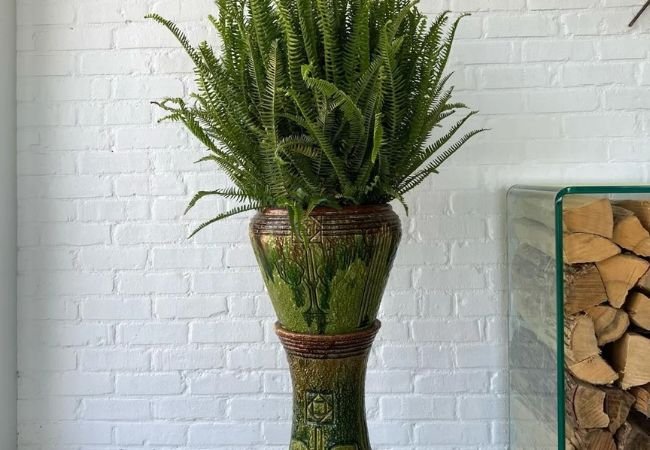Discover how to grow and care for Kimberly Queen Ferns. This complete guide covers light, water, humidity, and troubleshooting for this elegant, low-maintenance houseplant.
I first discovered the Kimberly Queen Fern at a local nursery where it stood out among other ferns with its tidy, upright growth and striking green fronds. Unlike the floppy Boston ferns I’d struggled with before, this Australian native maintained its elegant shape without constant mess. After growing it successfully for several years, I can confidently say it’s one of the most rewarding and low-maintenance ferns available.

The Kimberly Queen Fern (Nephrolepis obliterata) is an elegant, sword fern known for its upright, arching fronds and robust nature. It’s more sun-tolerant and drought-resistant than most ferns, making it an excellent choice for both indoor and outdoor gardening.
Why Grow Kimberly Queen Fern?
You should grow this fern for three main reasons. It maintains a tidy, upright habit that doesn’t become messy or straggly like some other ferns. It’s surprisingly adaptable to different light conditions and can handle more sun than most ferns. Once established, it shows good drought tolerance and is generally more pest-resistant than other fern varieties.
Kimberly Queen Fern at a Glance
| Feature | Description |
|---|---|
| Common Name | Kimberly Queen Fern, Australian Sword Fern |
| Botanical Name | Nephrolepis obliterata |
| Plant Type | Tender perennial fern |
| Mature Size | 2-3 ft. tall and wide |
| Sun Exposure | Partial shade to full sun (indirect light indoors) |
| Soil Type | Rich, well-draining potting mix |
| Hardiness Zones | USDA 9-11 (grown as annual or houseplant elsewhere) |
| Toxicity | Non-toxic to pets and humans |
Detailed Care Instructions
Getting these basic elements right will ensure your Kimberly Fern thrives for years.
Light Requirements
Your Kimberly Fern grows best in bright, indirect light indoors. An east-facing window is ideal. Outdoors, it prefers partial shade but can tolerate more sun than most ferns, especially in cooler climates. Morning sun with afternoon shade works well in most regions.
Soil and Potting
Use a well-draining, peat-based potting mix. I often add extra perlite to ensure good drainage while maintaining moisture retention. Ensure your pot has adequate drainage holes to prevent root rot.
Watering
Water when the top inch of soil feels dry. These ferns prefer consistently moist soil but shouldn’t sit in water. During hot weather, you may need to water every few days. In winter, reduce watering frequency. The fronds will droop noticeably when thirsty.
Temperature and Humidity
Kimberly Ferns thrive in average household temperatures between 60-75°F. While they appreciate humidity, they’re more adaptable than other ferns. If your air is very dry, mist the leaves occasionally or use a pebble tray. Good air circulation helps prevent pest issues.
Fertilizing
Feed monthly during the growing season with a balanced, water-soluble fertilizer diluted to half strength. Stop fertilizing in fall and winter when growth slows. Over-fertilizing can cause brown leaf tips.
How to Propagate Kimberly Fern
The easiest way to propagate is by division during repotting.
- Remove Plant: Gently remove the fern from its pot.
- Divide Roots: Carefully separate the root ball into sections, each with several fronds and healthy roots.
- Repot: Plant each division in fresh potting mix.
- Aftercare: Water thoroughly and keep in a humid, shaded location until new growth appears.
Common Problems and Solutions
Even with good care, you might encounter these common issues.
- Brown Leaf Tips: Usually caused by low humidity or underwatering. Increase misting or water more frequently.
- Yellowing Fronds: Often indicates overwatering or poor drainage. Check that soil drains properly and adjust your watering schedule.
- Pale Leaves: Typically means too much direct sun. Move to a location with more shade or indirect light.
- Pests: Watch for spider mites and mealybugs. Wipe leaves with insecticidal soap or neem oil if needed. According to the University of Florida IFAS Extension, these ferns are relatively pest-resistant when kept healthy.
Seasonal Care Guide
- Spring: Resume regular fertilizing and increase watering as new growth appears. This is the ideal time for repotting or division.
- Summer: Water frequently during hot weather. Outdoor plants may need daily watering. Protect from intense afternoon sun.
- Fall: Gradually reduce watering and stop fertilizing as growth slows.
- Winter: Water sparingly, allowing soil to dry slightly between waterings. Protect from cold drafts and heating vents.
Landscape and Design Uses
This versatile fern works beautifully in many settings. Use it in containers on patios or porches where its upright form creates elegant accents. Plant it in shade gardens as a textural element among other plants. It makes an excellent houseplant for bright rooms and offices. Mass plant it as ground cover in suitable climates.
A Final Tip for Success
The Kimberly Queen Fern’s elegant appearance and adaptable nature make it surprisingly easy to grow. The key is providing consistent moisture without waterlogging the soil and protecting it from intense, direct sunlight. For more ideas on shade-loving plants, explore our guide to shade gardening.
Have you grown Kimberly Queen Ferns? I’d love to hear about your experiences with this beautiful plant in the comments below!






One comment on “Kimberly Fern Care: The Ultimate Guide to Growing Nephrolepis obliterata”